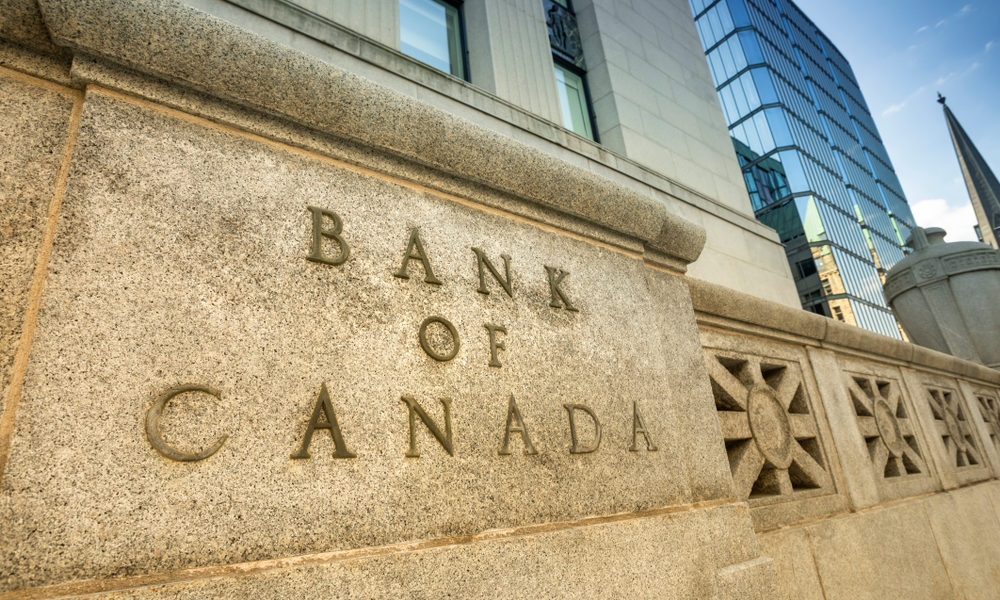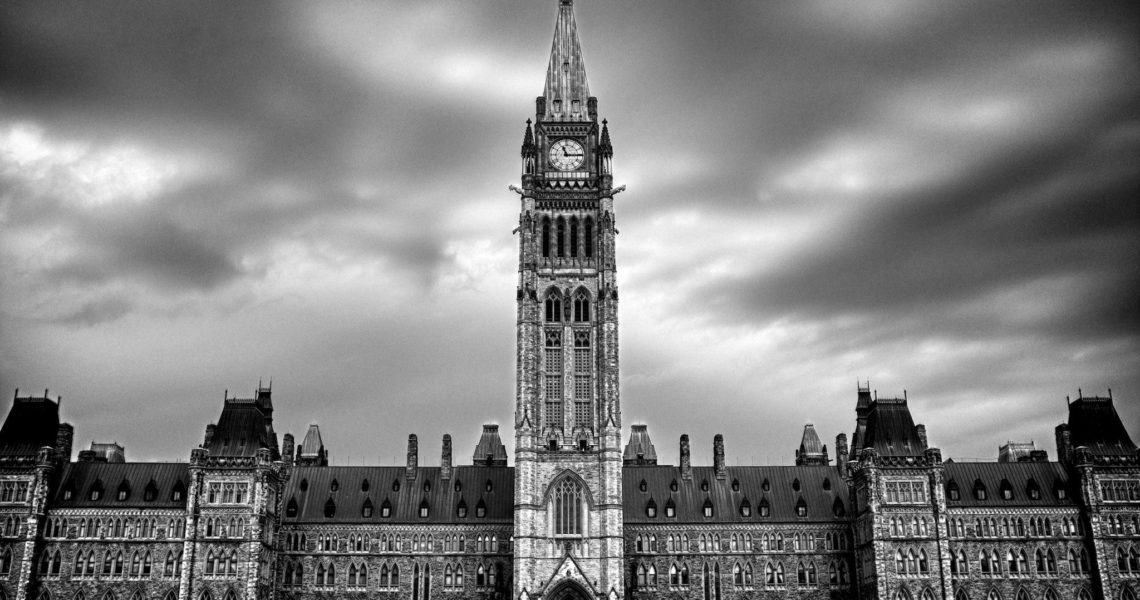Tag: Debt
Fiscal Risks and Government Debt in Canada: The Implications of Interest Rate and Growth Rate Volatility
This commentary examines recent differences in growth rates and interest rates at the federal and provincial levels in order to estimate the future paths of public-sector debts. The results provide a novel perspective on a recurring theme in Canada’s debt sustainability debates—namely, that Ottawa is in a better position than most provinces to stabilize the debt-to-GDP ratio.
Fiscal Anchors for Canada’s Post-COVID Economy
As the Trudeau government prepares its fall fiscal update after months of record spending to address the health and economic crisis of the COVID-19 pandemic, recent progress toward a vaccine should sufficiently mitigate uncertainty to enable a fiscal plan that shows Canadians how Ottawa will achieve its policy goals while maintaining fiscal discipline.
Is Canada’s Federal Debt a Cause for Concern?
Canada’s federal deficit is currently forecasted to be $343 billion in fiscal year 2020-21, or more than 15% of gross domestic product (GDP). Not surprisingly, this deficit and the associated accumulation of debt is attributable to the government’s response to the COVID-19 pandemic. Federal budget deficits are, however, expected to continue well beyond 2020. This commentary discusses how we should think about the federal government’s debt, and what perspective we should take that may be different from how we are used to thinking about other kinds of debt.
Government Debt Sustainability in Canada’s Post-COVID Future
In response to COVID-19, and the public health response to it, Canada’s federal and provincial governments have accumulated debt in amounts not seen since World War 2. General government debt (federal plus provincial) is expected to exceed 100% of GDP — according to the latest forecast from the IMF …
Canada Needs a New Fiscal Anchor. (Québec Has One to Offer.)
The Federal government is in need of a new fiscal anchor. If there is one thing the current crisis has revealed on the fiscal policy front, it is that the debt-to-GDP ratio alone cannot adequately play that role. As a result, additional fiscal rules that allow potentially large deficits during recessions while ultimately balancing budgets over the cycle will be needed to keep the country’s finances on a sustainable path.
A Basic Primer on Federal Government Debt: Definitions, Numbers, and Issues
By Kyra Carmichael, Nicholas Liban Dahir and Kevin Page In its upcoming speech from the throne on September 23, the Trudeau government is expected to […]
Federal debt from 1867 … and after the pandemic
The federal debt is rising fast and is likely to reach at least 63 percent of GDP by 2025, a level not seen since the fiscal crisis of the 1990s. But the current low level of interest rates (if continued in the future) mean that the debt-to-GDP ratio is sustainable and will likely decline gradually over time, without the need for any sharp fiscal consolidation in the coming years.
Building the Bridge to a Post COVID-19 Economy
How do governments manage fiscal planning amid the unpredictable health and economic effects of a deadly pandemic?







More Federal Debt Can Help Build a Better Canada
Rather than wringing our hands about if and when the federal government plans to balance the budget or about the lack of a fiscal anchor to discipline federal spending, we should take the opportunity to assess the costs of decades of austerity light and have the long overdue debate about the role of debt and taxes in meeting the crises ahead and building the Canada we want.